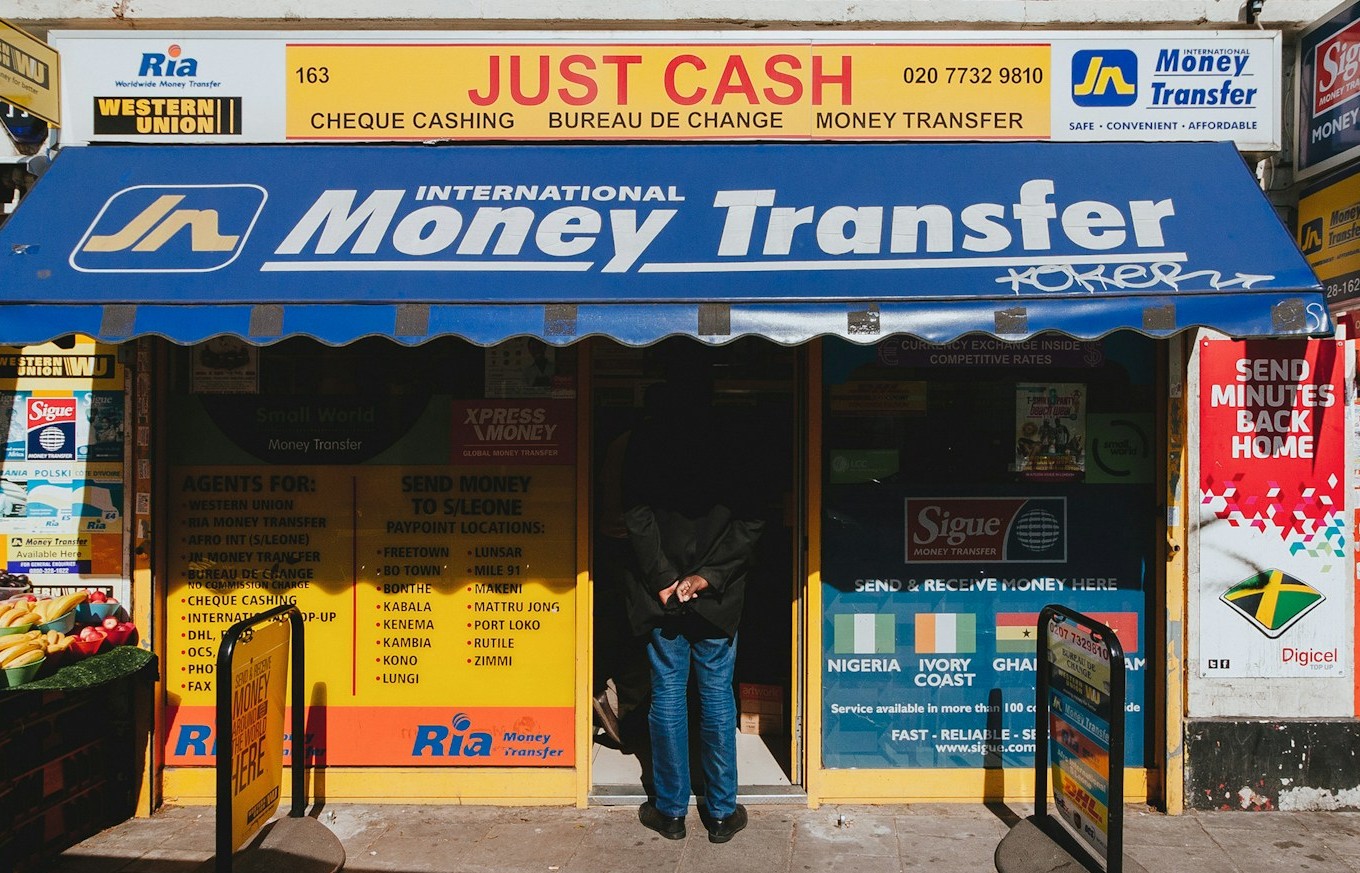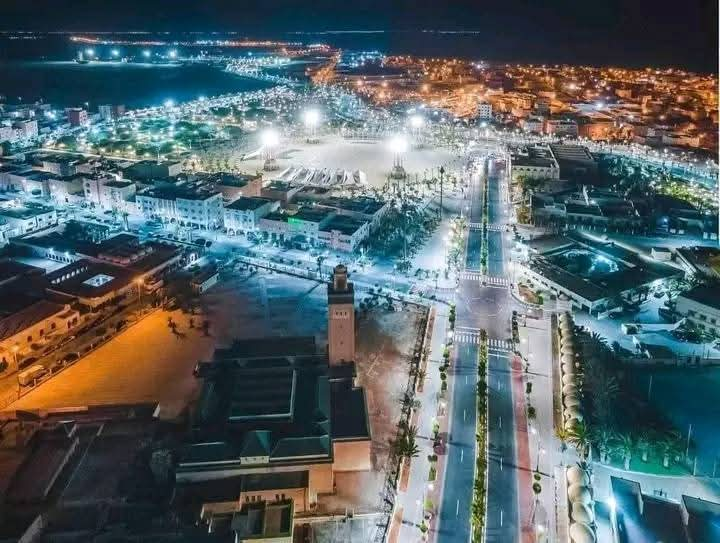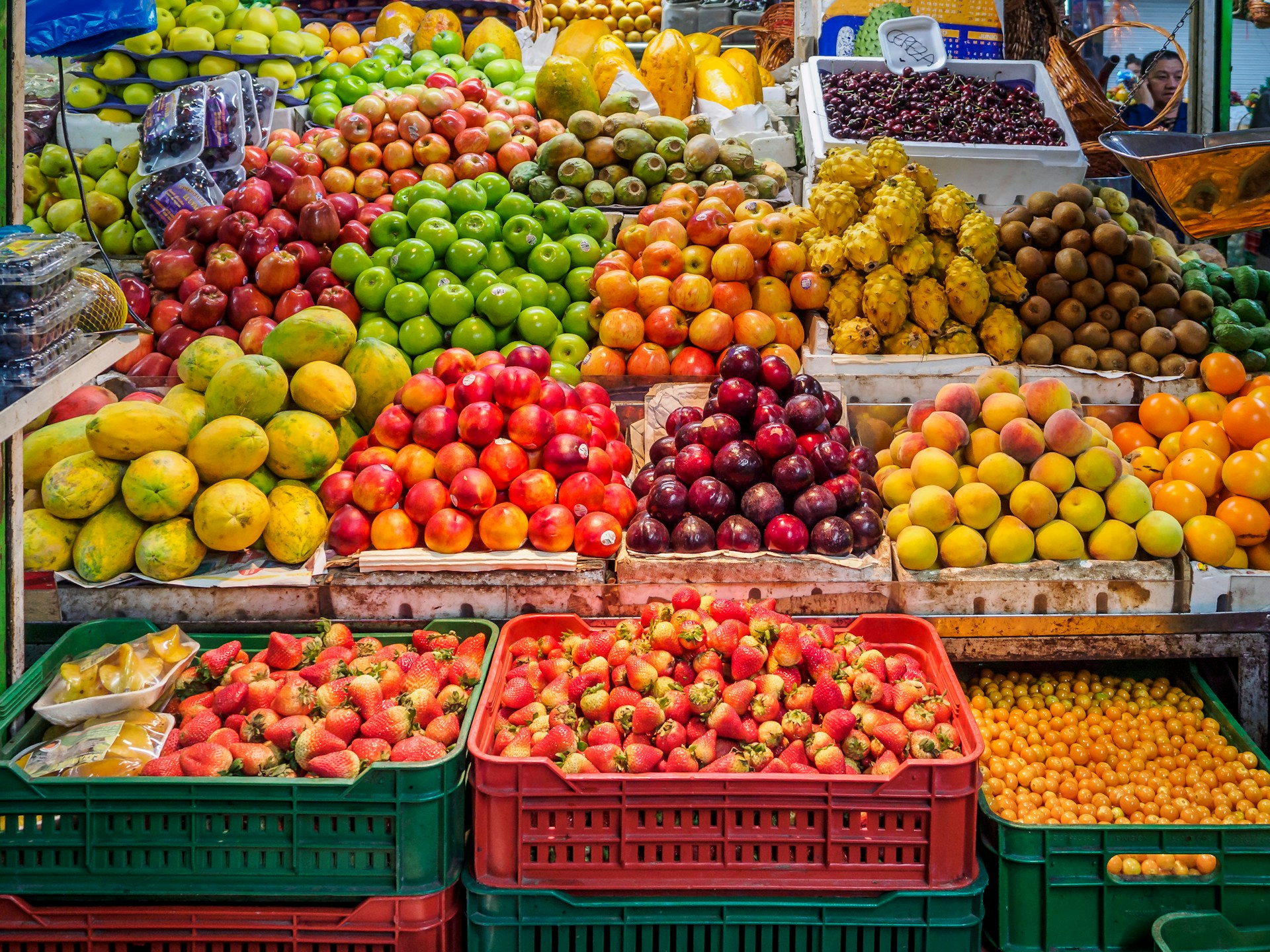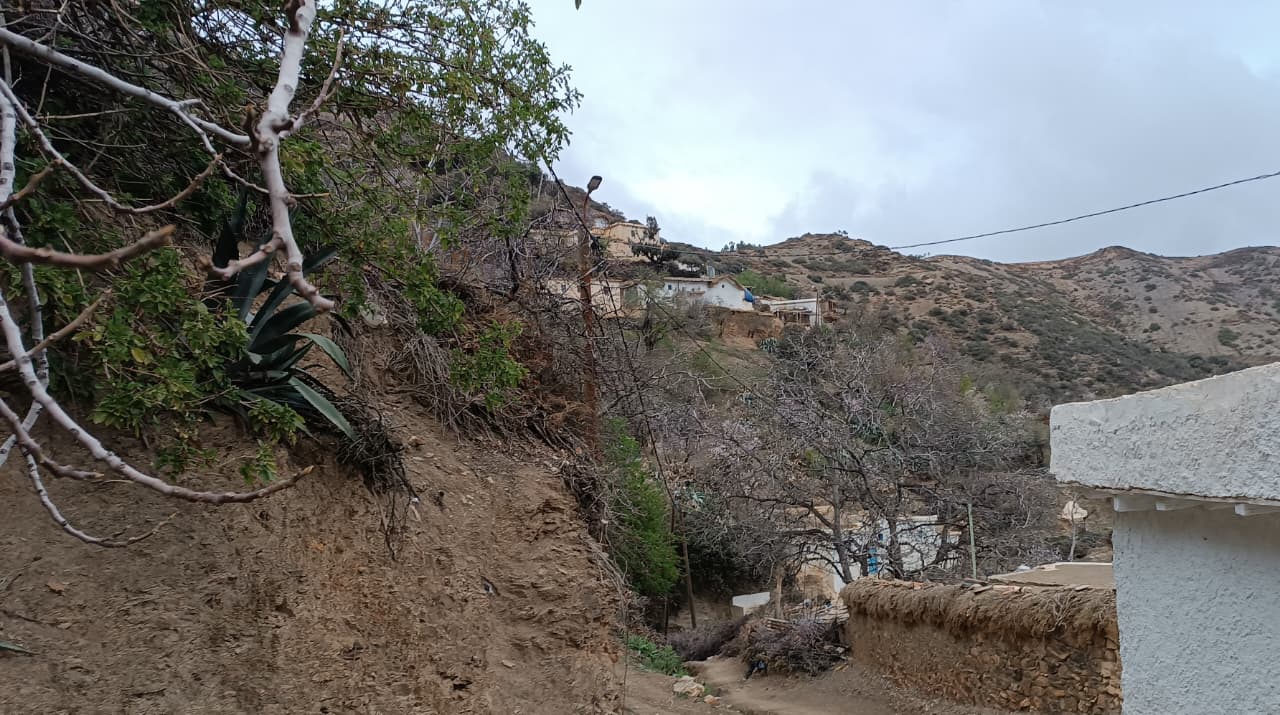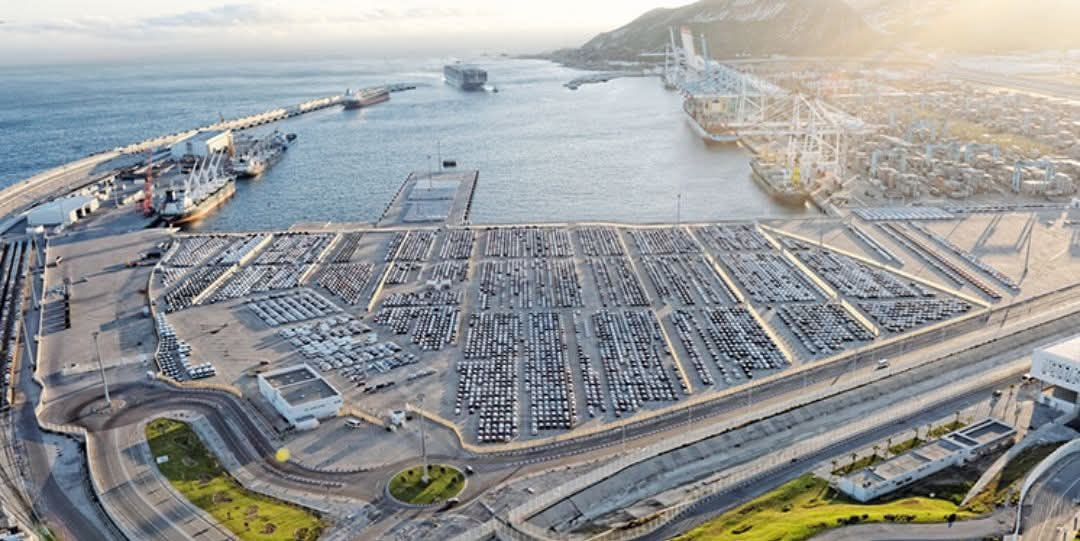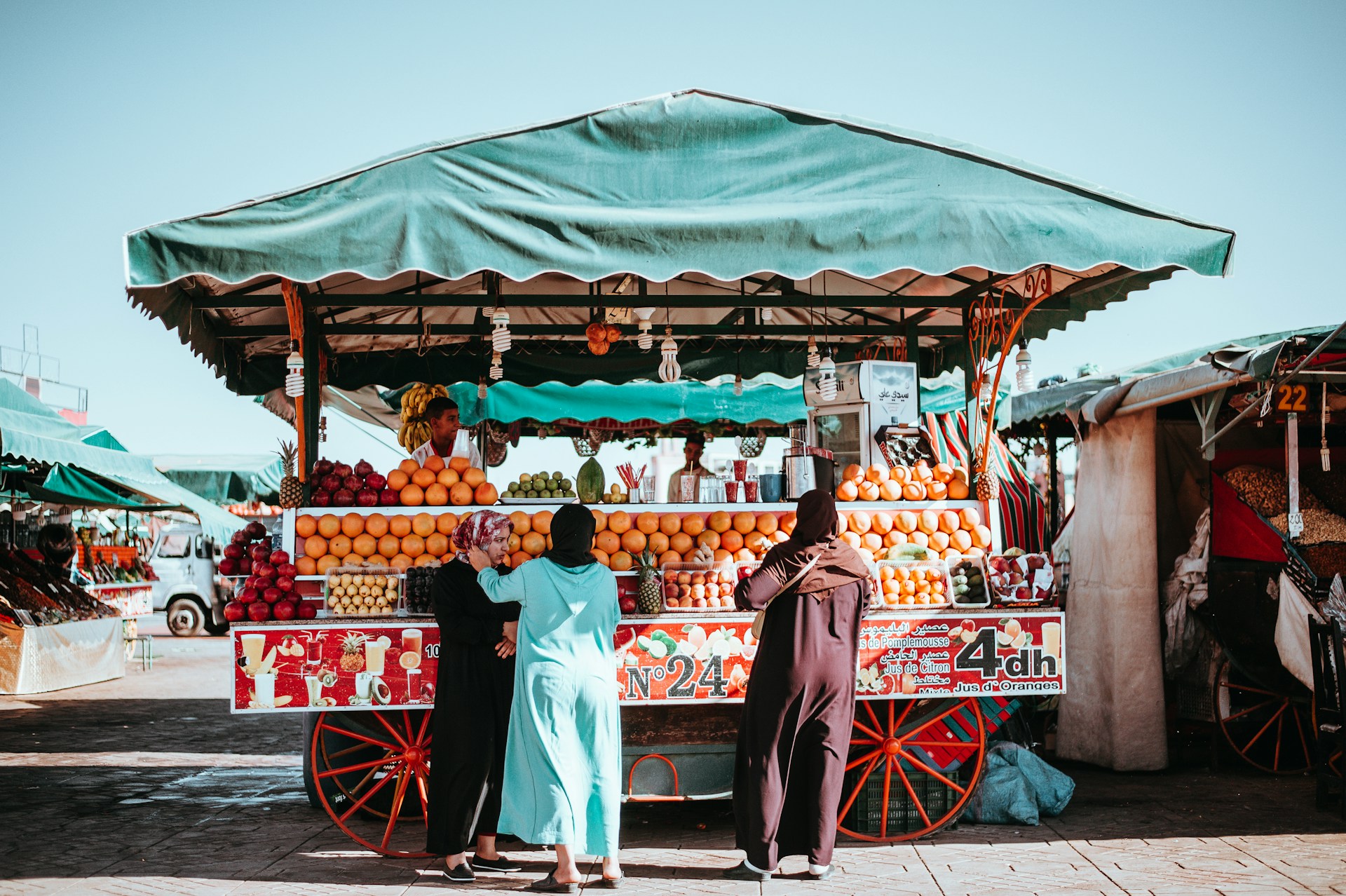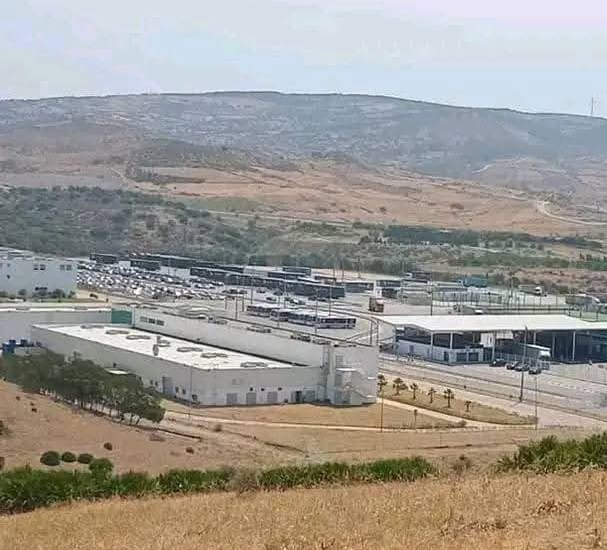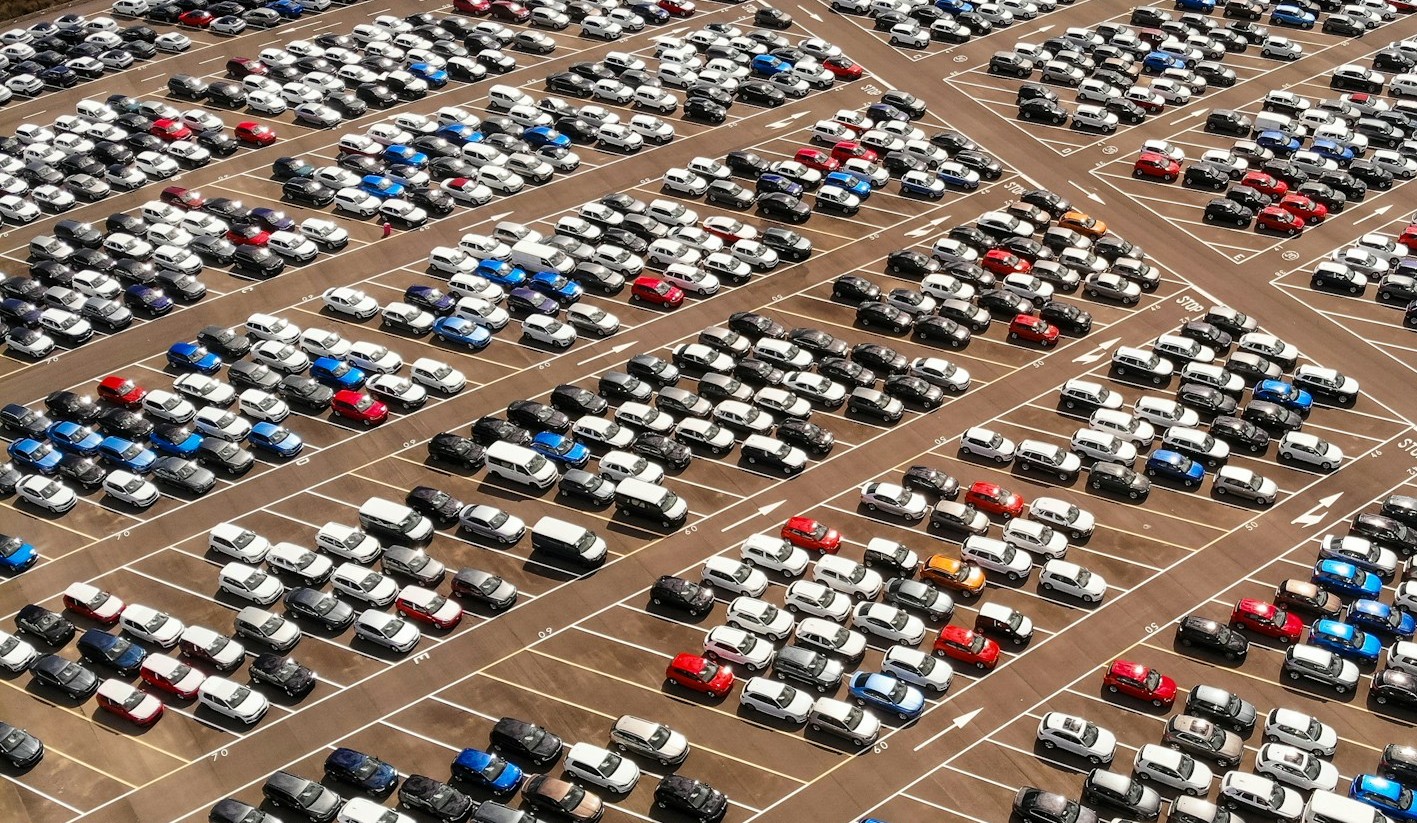Casablanca– In a recent report released by the Association of Vehicle Importers in Morocco (AIVAM), the Moroccan automotive market witnessed a slight downturn in February 2024 compared to the same period in the previous year. The total sales of new vehicles in the North African nation amounted to 10,765 units, reflecting a decline of 9.26% year-on-year.
Analyzing the data provided by AIVAM, it is evident that this decline is primarily attributed to the passenger car segment, which experienced a notable decrease of 12.29%. However, the market for light commercial vehicles (LCV) showcased resilience, recording a noteworthy increase of 21.12% during the same period.
The dominance of certain brands within the Moroccan automotive landscape remains consistent. The “Dacia” brand, renowned for its affordable yet reliable vehicles, maintained its stronghold in the passenger car segment, commanding a significant market share of 26.07%. Meanwhile, “Renault” and “Hyundai” secured their positions as key players in the market, despite facing slight declines in sales figures.
In the realm of light commercial vehicles, “Renault” emerged as the frontrunner, capturing a substantial market share of 25.88%. Notably, “Ford” and “DFSK” also demonstrated commendable performance in this segment, further diversifying the market dynamics.
A closer examination of the overall automotive market in Morocco reveals a nuanced picture. While the total sales figures witnessed a marginal decrease, it is essential to contextualize this within the broader economic landscape and global automotive trends. Factors such as supply chain disruptions, fluctuating consumer demand, and evolving regulatory frameworks could have contributed to the observed fluctuations.
Despite the challenges posed by external factors, certain brands managed to outperform expectations, exemplified by the remarkable performance of “Opel,” which experienced a notable surge in sales, climbing to the fourth position in the market rankings. Similarly, “Kia” showcased significant growth, buoyed by the introduction of the revamped Picanto model in the Moroccan market.
Moreover, the premium automotive sector demonstrated resilience, with brands such as “Audi” and “BMW” showcasing robust growth trajectories. Notably, “Audi” witnessed a remarkable increase of 45.56%, underscoring the enduring appeal of luxury vehicles among Moroccan consumers.
Looking ahead, stakeholders in the Moroccan automotive industry must remain vigilant in navigating the evolving landscape characterized by both challenges and opportunities. Strategies focused on innovation, sustainability, and customer-centric approaches will be instrumental in driving growth and fostering resilience amidst a dynamic operating environment.
As Morocco continues to position itself as a hub for automotive manufacturing and trade in the region, collaborative efforts between industry players, policymakers, and other stakeholders will be paramount in realizing the sector’s full potential and driving sustainable development.
